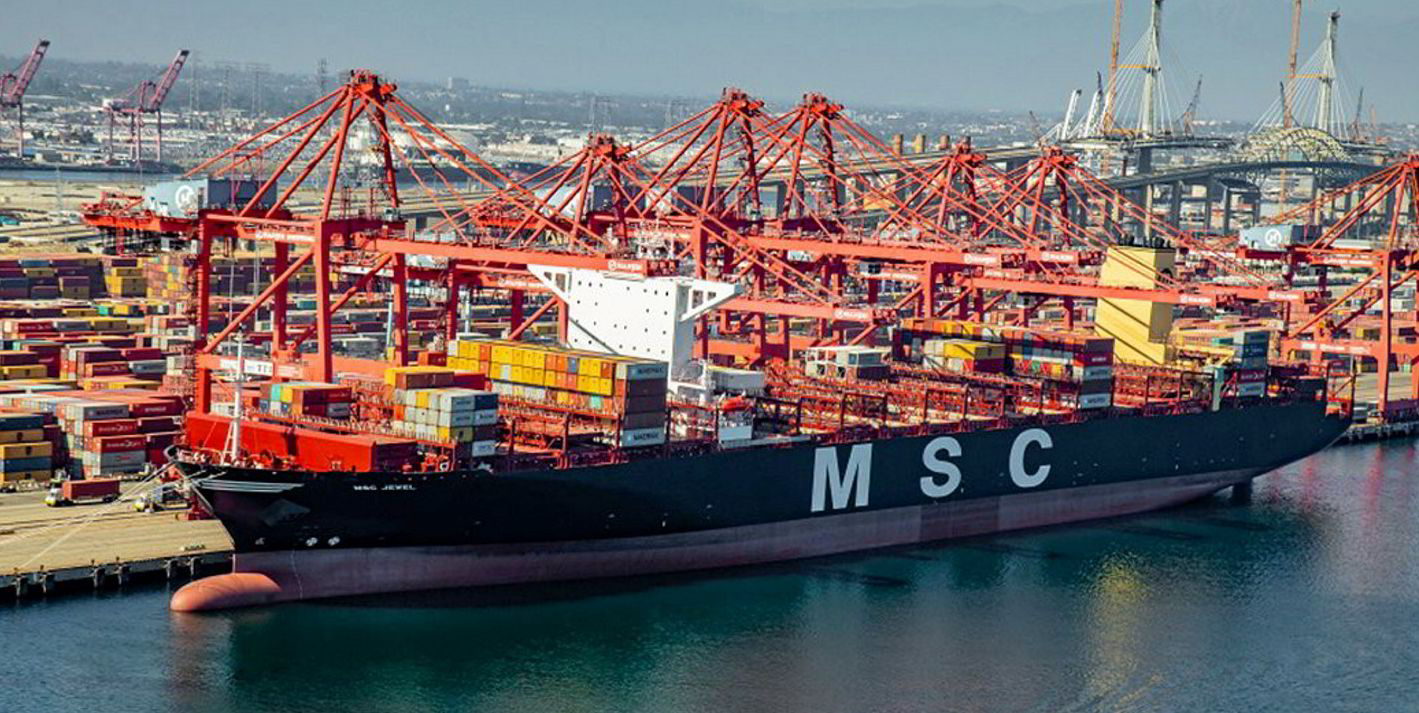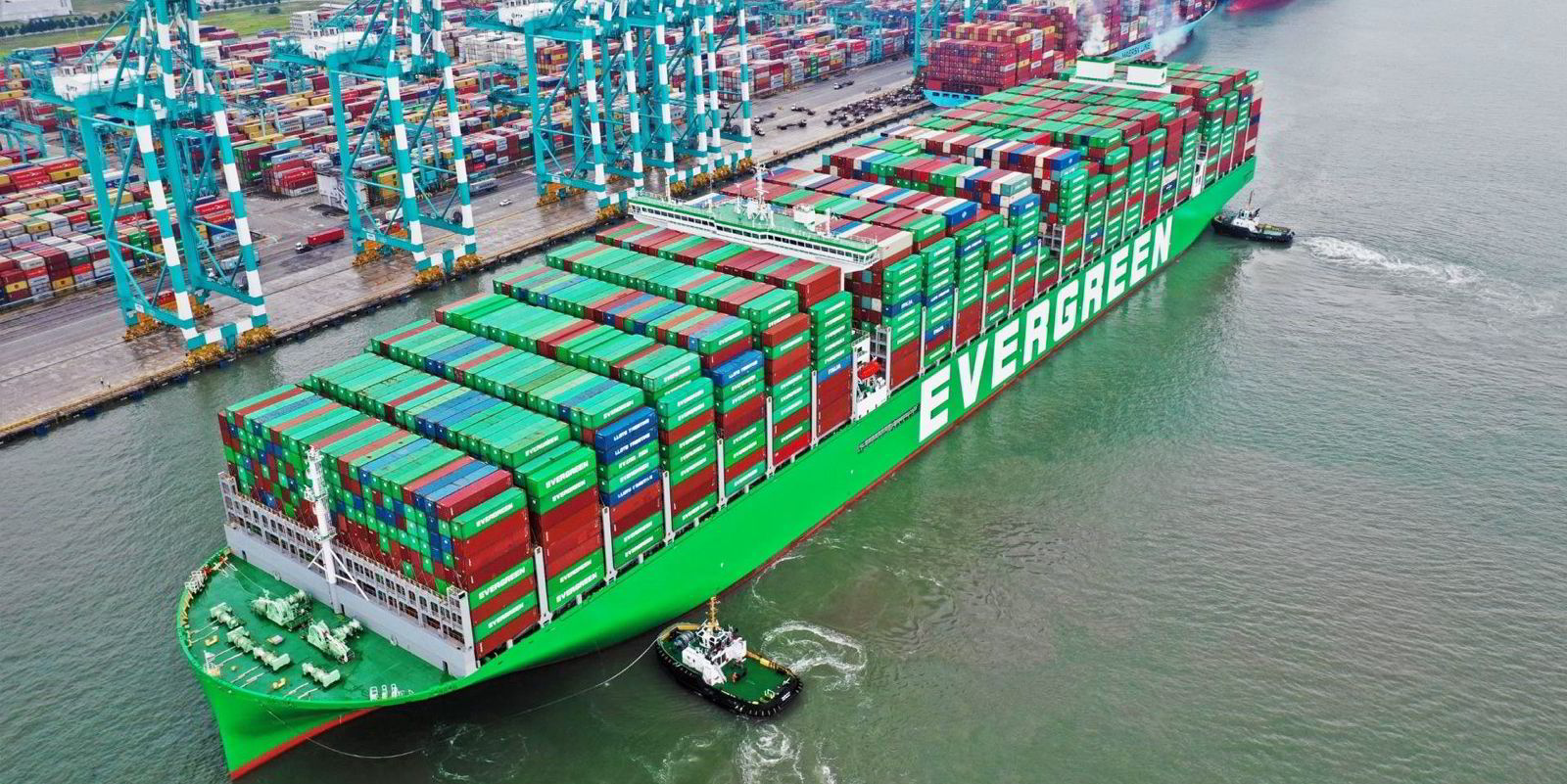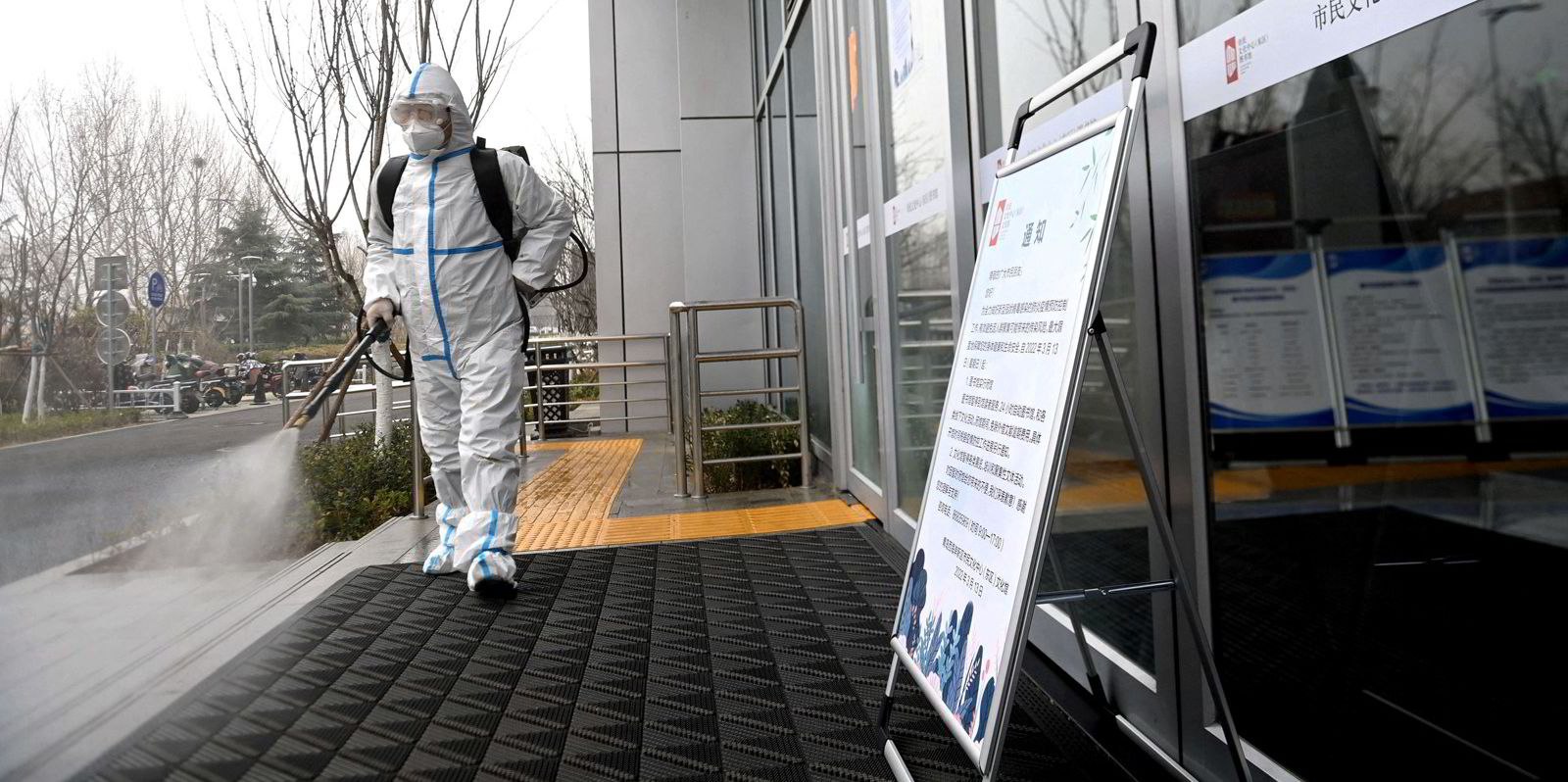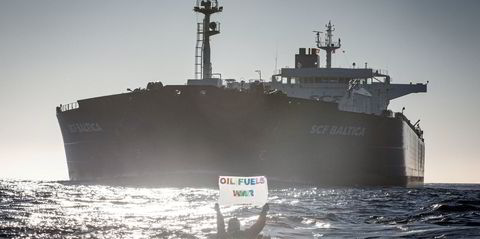A worst-case scenario for the container shipping supply chain is no longer deemed impossible.
The bleak scenario drawn up by consultancy McKinsey paints a picture of tight container capacity and elevated freight rates until the end of 2024.
If the industry continues to be lobbed “curveballs” — Covid-19 lockdowns, the war in Ukraine and ongoing logistics problems — the supply chain disruption could last for two more years, analysts told a webinar on Thursday.
However, Hapag- Lloyd chief executive Rolf Habben Jansen said that is not the most likely scenario at present.
At some time, the number of “curveballs” thrown at the industry will have to stop. That, he hoped, could point to the industry arriving in a more normal market in 2023.
“Will that mean rates back down to levels of a couple of years ago?” he asked. “Probably not, because fuel and charters are structurally much more expensive.
“But will it be a lot less crazy? Absolutely. And that will be good as that is in all our interests.”
Supply chains hit by ongoing port congestion are likely to take longer than expected to return to normal.
“We now believe that market normalisation will not occur before 2023,” analyst Drewry wrote in its latest Container Forecaster report.
“China’s adherence to its zero-tolerance public health response to Covid is one of the main reasons why we have forecast that supply chain recovery will happen later than previously expected,” it said.
The problem remains a lack of container ship capacity or the number of slots available to the market.
This was 17% below its potential in 2021 and Drewry said a similar figure of minus 15% is expected for 2022.
“This is the foundation for carriers’ super-profits and the sole reason why they have largely brushed off all of the various risks encircling them,” it wrote.
So far, lines have thrived in the chaos brought about by the Covid-19 pandemic, posting what Drewry estimates is an Ebit profit of $214bn in 2021.
Deja vu
Lars Jensen, chief executive of Vespucci Maritime, said today’s market resembles the start of 2021, when people imagined the market could not get worse.
But he said a lack of “buffer capacity” in container markets means it would “take very little to tip us back into something that is worse”.
“The optimistic view is it’s going to take at least until the end of the year to clean up, and [I’m] not sure we can afford to be optimistic,” he said.
The inability to confidently predict the conclusion of port congestion is another source of uncertainty.

Port congestion was improving in key US west coast ports.
The number of vessels queuing in the ports of Los Angeles and Long Beach had fallen from 109 at its highest point to 44 now, said Gene Seroka, executive director of the Port of Los Angeles — the busiest container port in North America.
But Jensen said the easing of congestion in US ports could be temporary.
“There is here a surge of vessels and cargo coming back to the US west coast in the next couple of months — so may see queues escalate again,” he said.
Drewry noted that there are also signs of the problem of port congestion spreading from high-volume ports to medium and low-volume ones.
“It does seem counter-intuitive that prices are declining at a time of severe liner supply chain disruption and when fuel prices are surging,” the analyst added.
Spot rates down
Container spot rates were down to $9,308 per 40-foot equivalent unit (feu) on 31 March — a drop from $9,861 on 24 February, according to the Freightos Baltic Index (FBX).
In Europe, the inflation-driven decrease in demand has pushed down rates for Asia to North Europe by 20% since early this year. This has taken it to their lowest level since July, according to freight portal Freightos.
“A significant improvement in either congestion or change in Western consumer appetite is needed to impact the overall rate environment — both seeming unlikely in the short term,” analysts at Fearnley Securities wrote.
Freightos said disruption in Shanghai, where lockdowns are occurring, is unlikely to break that trend.
It added that transpacific rates have been high but stable since the Lunar New Year. That may point to sustained consumer demand, retailers pulling some summer orders forward to avoid peak season delays or worries over upcoming labour discussions on the US west coast.







